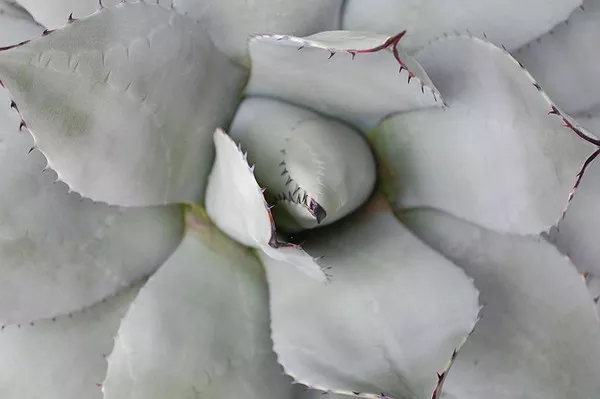Succulents are popular plants known for their unique and captivating appearance, as well as their ability to store water in their fleshy leaves and stems. However, caring for succulents requires a delicate balance, as overwatering can be just as detrimental as underwatering. This article provides valuable insights into how to discern when your succulent needs water. We explore various indicators, such as appearance, touch, and pot weight, to help succulent enthusiasts cultivate healthy and thriving plants.
Succulents have gained immense popularity among indoor and outdoor gardeners due to their striking appearance and low-maintenance nature. As desert plants, succulents have adapted to survive in arid conditions by storing water in their leaves, stems, and roots. However, this ability to withstand drought does not make them immune to water-related issues. Overwatering can lead to root rot and other problems, while underwatering can cause the plant to wither and lose its vibrant appeal. To foster healthy succulents, it is essential to recognize the signs indicating their need for water.
Observe the Appearance:
One of the most apparent ways to tell if a succulent needs water is by observing its appearance. Look for the following signs:
1. Wrinkled or Shriveled Leaves:
When a succulent lacks sufficient water, its leaves may appear wrinkled, shriveled, or deflated. This is the plant’s natural response to conserve water by reducing surface area.
2. Limp and Drooping Leaves:
An underwatered succulent may have limp or drooping leaves that appear lifeless. These leaves lose their rigidity and vitality as the plant tries to conserve energy and water.
3. Color Changes:
Some succulents, like the Echeveria species, exhibit distinct color changes when they are thirsty. The leaves may take on a more intense hue or develop a slight translucency, signaling the need for water.
4. Parched Soil:
Dry and crumbly soil is an obvious indicator that the succulent requires water. Check the top layer of the soil with your finger to assess its moisture level.
Assess Through Touch:
Touching your succulent can provide additional clues about its water needs. Consider the following:
1. Leaf Firmness:
Gently press the leaves of your succulent. If they feel firm and plump, the plant likely has sufficient water. However, if the leaves feel soft or slightly mushy, the succulent may be dehydrated.
2. Soil Moisture:
Stick your finger about an inch into the soil to assess its moisture content. If the soil feels dry, it’s an indication that the succulent needs water. If the soil feels slightly damp, it is likely sufficiently hydrated.
Monitor Pot Weight:
Another practical method to gauge your succulent’s water needs is by observing the weight of the pot. This technique is especially useful for potted succulents:
1. Lift the Pot:
When the soil is dry and the succulent needs water, the pot will be noticeably lighter. As succulents absorb water, the weight of the pot increases. However, avoid overwatering simply based on pot weight, as other factors, such as the pot’s material and humidity levels, can also influence its weight.
Consider the Season and Environmental Factors:
The watering needs of succulents can fluctuate based on the season and environmental conditions. During hot and dry weather, succulents may require more frequent watering, while they may need less water during cooler and more humid periods.
Be Cautious with New Plantings:
Newly planted succulents need some time to acclimate to their new environment. Initially, they may require more frequent watering to establish their root systems. Gradually reduce watering as the plant becomes established and shows signs of healthy growth.
Avoid Overwatering:
Overwatering is a common mistake made by succulent enthusiasts. Excess water can lead to root rot and other fungal diseases that can be fatal to succulents. Avoid the urge to water too frequently and allow the soil to dry out between watering sessions.
Tailor Watering to Individual Succulents:
Different succulent species have varying water requirements. Some succulents, like Haworthias and Gasterias, prefer slightly more frequent watering, while others, like Sempervivums and Agaves, are more drought-tolerant. Understanding the specific needs of each succulent type will ensure appropriate care.
The Soak-and-Dry Method:
A popular watering technique for succulents is the soak-and-dry method. Water the plant thoroughly until water flows through the drainage holes. Allow the soil to dry out completely before watering again. This method mimics the natural watering patterns in succulents’ native environments.
Conclusion:
Successfully caring for succulents relies on the ability to discern their water needs accurately. By observing their appearance, using the sense of touch, and monitoring pot weight, succulent enthusiasts can provide the right amount of water to keep their plants healthy and thriving. It is essential to strike a balance between watering enough to sustain the succulent and avoiding overwatering that can lead to detrimental consequences. By tailoring watering practices to individual succulent species and considering environmental factors, enthusiasts can cultivate a captivating and vibrant collection of these unique desert plants.


